I want to see the iPhone SE 4, but what I want more is for it to be called the iPhone 16E

The iPhone SE 3 for reference. | Image credit – PhoneArena
I'm deliberately ignoring the early years, the X-s, XR-s, and whatnot.
I'm talking about the iPhone 11, the iPhone 12, the – you guessed it – the iPhone 13, then comes – hold on to your hats – iPhone 14, the iPhone 15 and the iPhone 16.
Ah, the breeze. The logical order, the back-to-back sequence – so exquisite! It's not just that the numbers are consecutive, it's just that the moniker rolls off the tongue so naturally.

Apple is OK in my book. | Image credit – PhoneArena
Samsung's Galaxy S series are pretty good as well when it comes to naming (they're all about practicality by addressing the release year in the phone's moniker), but it doesn't sound as natural. Plus, it's longer.
Repeat after me:
- iPhone 17
- Galaxy S25
You do the syllables counting. Kudos to OnePlus and Xiaomi (OnePlus 13, Xiaomi 15 – a balm for sore ears) for making our lives a bit easier.
I'm tempted to give Google a medal as well for their Pixel, but I could so solely for the "vanilla" flagship. See, outside our tech-savvy circle, people associate "pixel" with, well, resolution. So every time you have to brag about how good the computational photography on your Google Pixel 10 Pro Fold is, you have to spell the whole thing.
Diametrically opposed to Apple, OnePlus and Xiaomi, Motorola and Oppo grin from ear to ear in the dark. The former company can drive you crazy because the same Motorola phone is called differently, depending on the country it's been released in; while Oppo… well, what can I say, besides Oppo Find X7 Ultra. Yeah, it's clumsy.
Despite my obviously biased love for Apple's naming convention, I can't think of a single good thing to say about the way Apple names its budget-friendly phone, the iPhone SE.
- iPhone SE (2016)
- iPhone SE (2020)
- iPhone SE (2022)
OK, OK, one is first generation, the next is second generation, etc. But how about we differentiate between them without having to access the Internet and check which phone came out in which year. Imagine if the iPhone 17 was called "iPhone (2025")?!
I hope this turns out to be true (and I hope that scheme sticks for further SE variants). We'll probably find out the truth real soon, as Apple has hinted at a February 2025 release of the mysterious device.
Monikers aside, it's not all paradise

The iPhone SE 3. | Image credit – PhoneArena
Whatever the upcoming Apple handset may be called, it's more important what it will be in terms of quality, right?
That's why it should be mentioned that, allegedly, iPhone SE 4 will have worse cellular coverage.
The iPhone 16E (or SE 4, have it your way) will be Apple's first device to feature an in-house cellular modem, but reports suggest it will offer worse coverage than the Qualcomm chips used in previous iPhones.
Apple reportedly chose to keep Qualcomm modems in the iPhone 16 lineup to avoid risking poor connectivity on its flagship devices.
Possible compromises
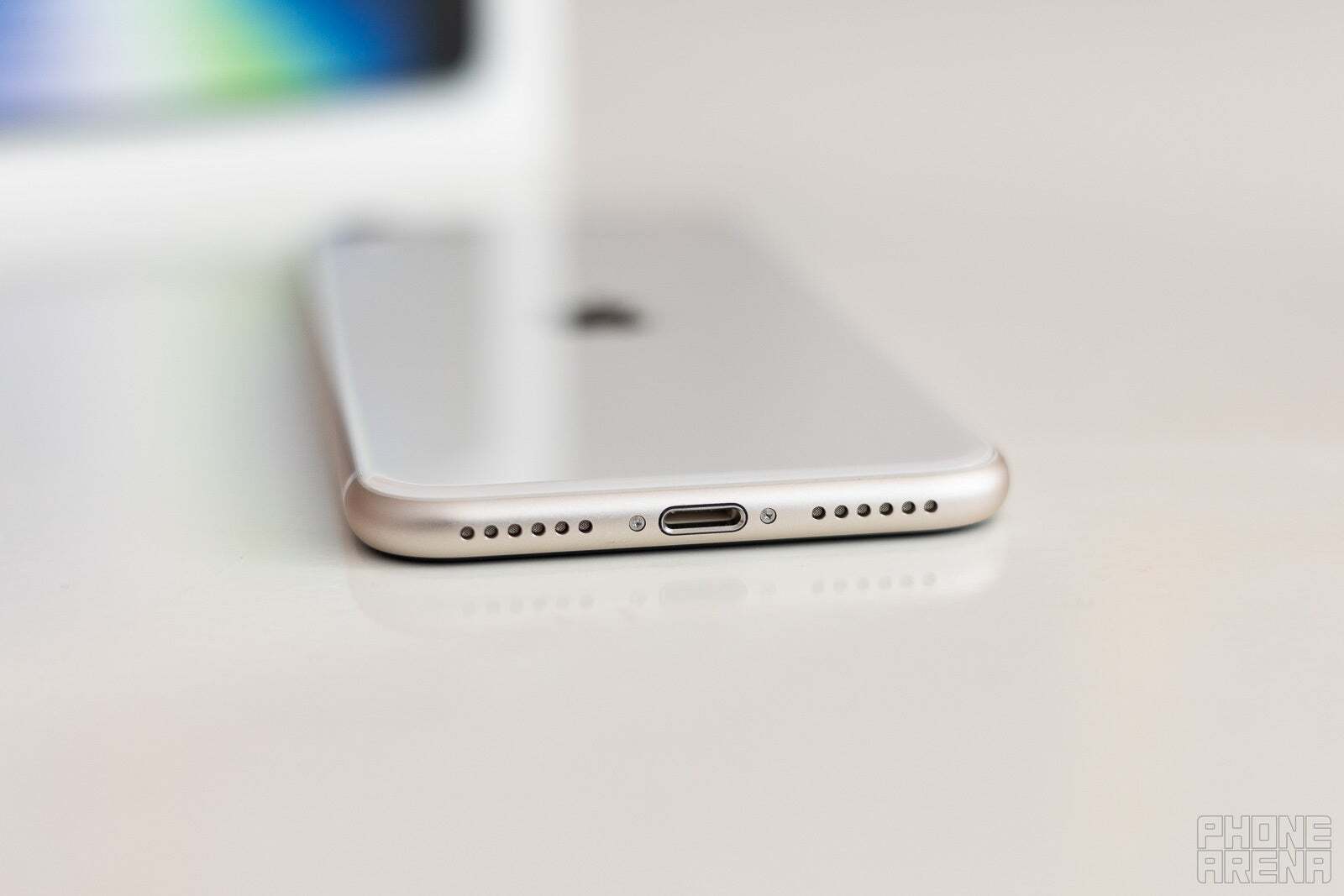
Image credit – PhoneArena
As I said, nothing is perfect (that's not capital "N", Carl Pei, so don't get excited).
Let's hope for the best and wish for an iPhone 16E (or SE 4) that has no connectivity issues at all, not like the ones the Pixel 6 was plagued with.
The move to an in-house modem is logical: it's aimed at reducing costs and improving Cupertino's hardware-software integration, but Apple's modem development has faced challenges.
This story made me recall the Pixel 6 modem fiasco. The biggest problem with the Pixel 6 series was its poor modem. Instead of using a Qualcomm Snapdragon modem, Google opted for Samsung's Shannon A5123 5G modem. This decision led to frequent connectivity issues, including instances where calls could not be made or received.
Ultimately, it drove some people – like our own Alan – away from the Pixel universe and back to the iPhone:
When the Pixel 6 Pro was my daily driver, there were times when the phone would suddenly get cut off from my cellular network making me wonder what might happen if I needed to make a call in an emergency situation. Eventually, the problems with the modem, the optical under-display fingerprint scanner, and the short-lasting battery had me reaching for my older iPhone 11 Pro Max. Eventually, I bought an iPhone 15 Pro Max which is my current everyday phone.
– Alan Friedman, PhoneArena, August 2024
How ironic. Pixel users turning to Apple over connectivity issues a few years ago – now, it's probably Apple users that could experience such difficulties.

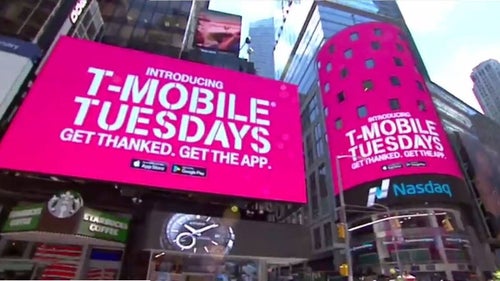
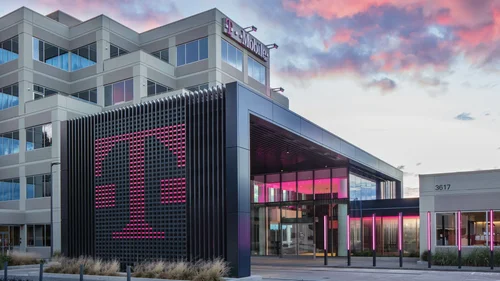

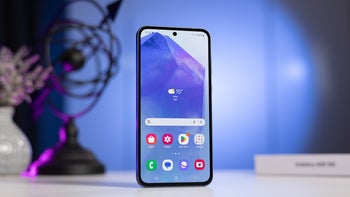
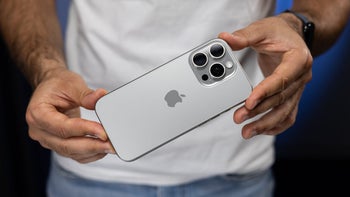
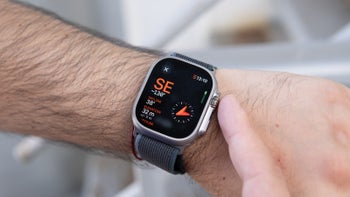
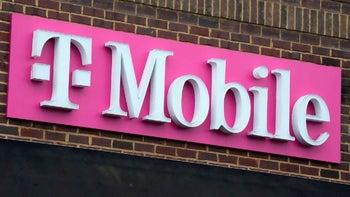

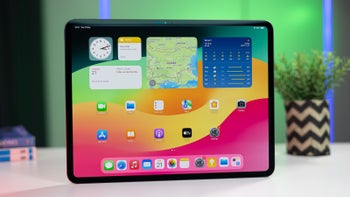
Things that are NOT allowed: